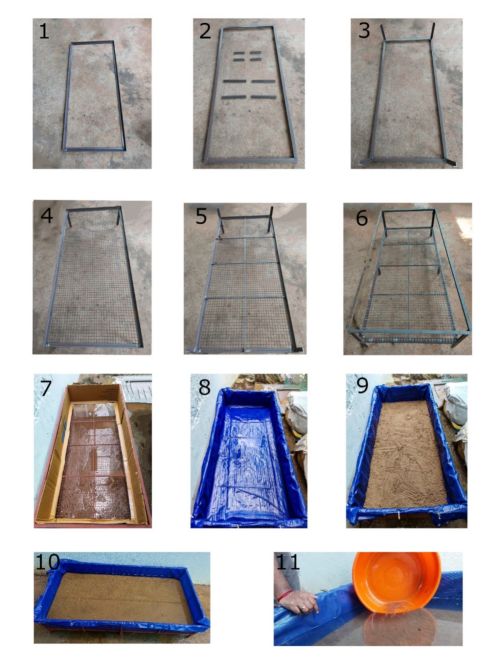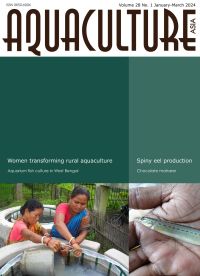Grow-out culture of the loach Lepidocephalichthys thermalis in modified tanks
22 February 2024 | P. Velmurugan., J. Stephen Sampath Kumar and Somu Sundar Lingam | 750 Downloads | .pdf | 579.2 KB | Freshwater finfish, Hatchery and nursery, India
This study explores the cultivation of the Indian spiny loach, Lepidocephalichthys thermalis, in indigenously designed poly-lined iron frame tanks as a sustainable solution.
The article details the fabrication methods for these tanks, highlighting the use of rust-resistant iron and low-density polyethylene sheets. The tanks, with a capacity of 700 liters, are portable and suitable for indoor placement, minimizing water usage. The grow-out culture involves pre-stocking management, stocking of fish at a density of 800 individuals/m², and a 90-day culture period. The study proposes a supplementary feed mixture and provides insights into water quality management to ensure optimal conditions.
The study demonstrates the potential for achieving a net production level of 1 kg from 400 liters, offering economic viability for farmers. The Indian spiny loach emerges as a promising candidate for aquaculture due to its adaptability, low water and land requirements, and profitability. The modified tank-based rearing system is shown to be beneficial in hilly regions with limited land and water resources.
Creative Commons Attribution.

